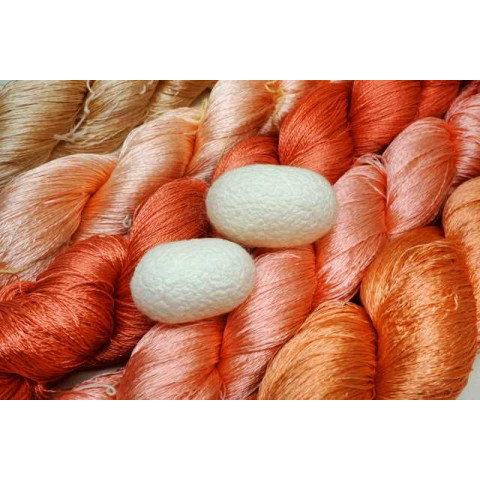
Traditional Japanese silk is primarily sourced from silkworms, which are cultivated for their silk production. The process of silk production in Japan has a long history dating back thousands of years. The most common species of silkworm used for silk production in Japan is the Bombyx mori, commonly known as the mulberry silkworm.
The production of Japanese silk involves several stages. It starts with the cultivation of mulberry trees, which serve as the primary food source for the silkworms. The silkworms are then reared on these mulberry leaves, where they undergo several moulting stages and eventually spin cocoons made of silk thread. The cocoons are carefully harvested before the silkworms can break out of them and undergo metamorphosis.
To obtain the silk fibres from the cocoons, the cocoons are typically boiled or steamed to kill the silkworms and loosen the silk threads. This process is known as sericulture. Afterwards, the silk threads are carefully unwound from the cocoons and spun together to create a single, continuous strand of silk.
In Japan, traditional silk production techniques have been preserved and refined over centuries, resulting in the creation of high-quality silk fabrics. Notable regions known for their traditional silk production in Japan include Kyoto, Gunma, and Yamanashi, among others. These regions have specific techniques and styles associated with their silk production, such as Kyoto's renowned Nishijin silk weaving.
Japanese silk is highly regarded for its lustre, softness, and durability. It is used to create various traditional garments like kimonos, obis (sashes), and other textiles, as well as modern fashion and interior items.
